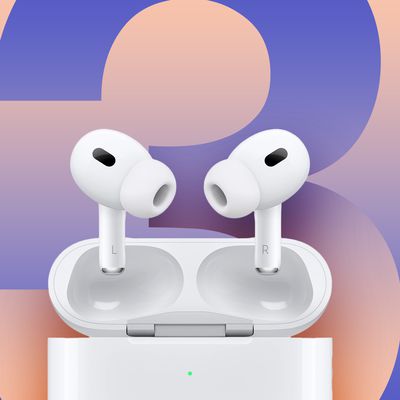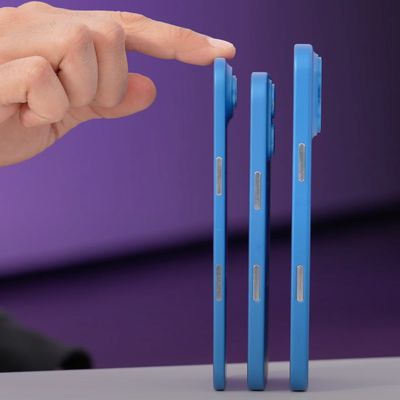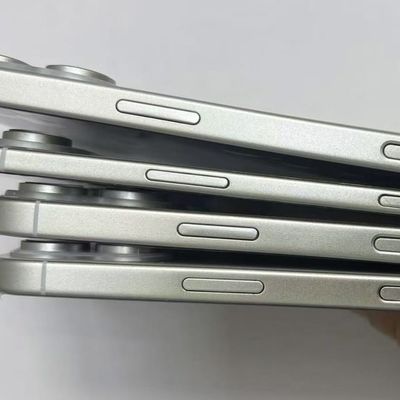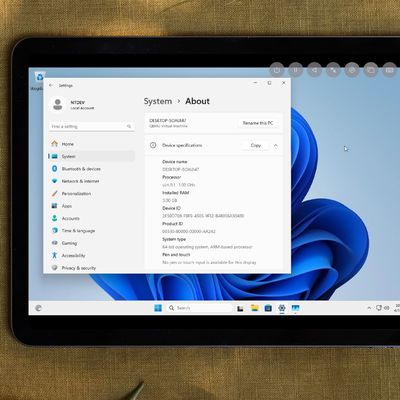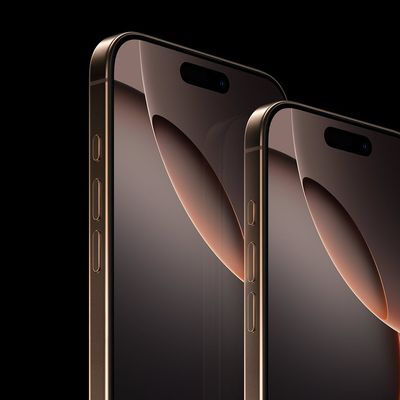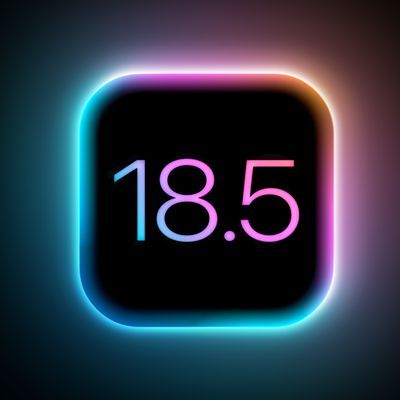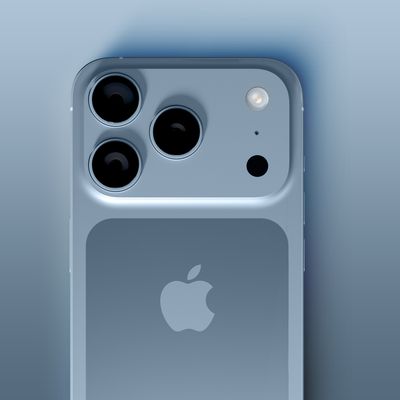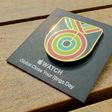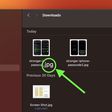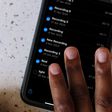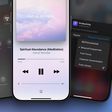Apple Granted Patent on Methods for Dimming Screens Based on Content Needs
The U.S. Patent and Trademark Office today officially granted Apple a patent (via AppleInsider) describing methods for automatically adjusting screen brightness to suit the content being displayed. The patent, which was originally filed for in mid-2006 and can actually be traced back to a separate 2002 application, addresses techniques for saving battery life on portable devices.
The improved techniques reduce power consumption by lowering display intensity at appropriate times. In one embodiment, the display intensity can be controlled depending on the type of content being displayed. For example, when displaying certain types of content, the display intensity can be lowered from its otherwise high, constant intensity level. In another embodiment, the display intensity can be controlled depending on the characteristics of the content being displayed. For example, when displaying images that are light, the display intensity can be lowered from its otherwise high, constant intensity level. In still another embodiment, the display intensity can be controlled depending on the type and characteristics of content being displayed.
Apple's battery-powered devices have long had the capability to automatically dim displays based on such criteria as power source (battery vs. wall power), ambient light levels and usage (dimming the display of a device that hasn't been used for a particular time interval). Dimming the screen based on content, such as when a particularly bright image is displayed, requires a more sophisticated approach, something that Apple has clearly been working on for some time.
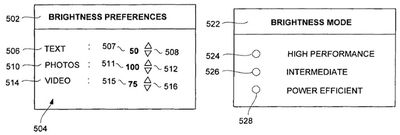
Apple actually now uses a variation on this invention for its Passbook application in iOS 6 for the iPhone, automatically boosting the display's brightness to maximum when the app is launched in order to make it easier for scanners to read the 2D barcodes used on passes within the app.
The patent suggests that Apple's plans for content-sensitive automatic brightness adjustment could even extend as far as frame-by-frame or scene-by-scene adjustments when viewing videos, with users also being able to configure their own preferences for content-based brightness.
Popular Stories
Despite being more than two years old, Apple's AirPods Pro 2 still dominate the premium wireless‑earbud space, thanks to a potent mix of top‑tier audio, class‑leading noise cancellation, and Apple's habit of delivering major new features through software updates. With AirPods Pro 3 widely expected to arrive in 2025, prospective buyers now face a familiar dilemma: snap up the proven...
Apple plans to release an all-new super thin iPhone this year, debuting it alongside the iPhone 17, iPhone 17 Pro, and iPhone 17 Pro Max. We've seen pictures of dummy models, cases, and renders with the design, but Lewis Hilsenteger of Unbox Therapy today showed off newer dummy models that give us a better idea of just how thin the "iPhone 17 Air" will be.
The iPhone 17 Air is expected to be ...
If you missed the video showing dummy models of Apple's all-new super thin iPhone 17 Air that's expected later this year, Sonny Dickson this morning shared some further images of the device in close alignment with the other dummy models in the iPhone 17 lineup, indicating just how thin it is likely to be in comparison.
The iPhone 17 Air is expected to be around 5.5mm thick – with a thicker ...
A developer has demonstrated Windows 11 ARM running on an M2 iPad Air using emulation, which has become much easier since the EU's Digital Markets Act (DMA) regulations came into effect.
As spotted by Windows Latest, NTDev shared an instance of the emulation on social media and posted a video on YouTube (embedded below) demonstrating it in action. The achievement relies on new EU regulatory...
Apple's iPhone development roadmap runs several years into the future and the company is continually working with suppliers on several successive iPhone models simultaneously, which is why we often get rumored features months ahead of launch. The iPhone 17 series is no different, and we already have a good idea of what to expect from Apple's 2025 smartphone lineup.
If you skipped the iPhone...
Apple seeded the third beta of iOS 18.5 to developers today, and so far the software update includes only a few minor changes.
The changes are in the Mail and Settings apps.
In the Mail app, you can now easily turn off contact photos directly within the app, by tapping on the circle with three dots in the top-right corner.
In the Settings app, AppleCare+ coverage information is more...
While the iPhone 17 Pro and iPhone 17 Pro Max are not expected to launch until September, there are already plenty of rumors about the devices.
Below, we recap key changes rumored for the iPhone 17 Pro models as of April 2025:
Aluminum frame: iPhone 17 Pro models are rumored to have an aluminum frame, whereas the iPhone 15 Pro and iPhone 16 Pro models have a titanium frame, and the iPhone ...



